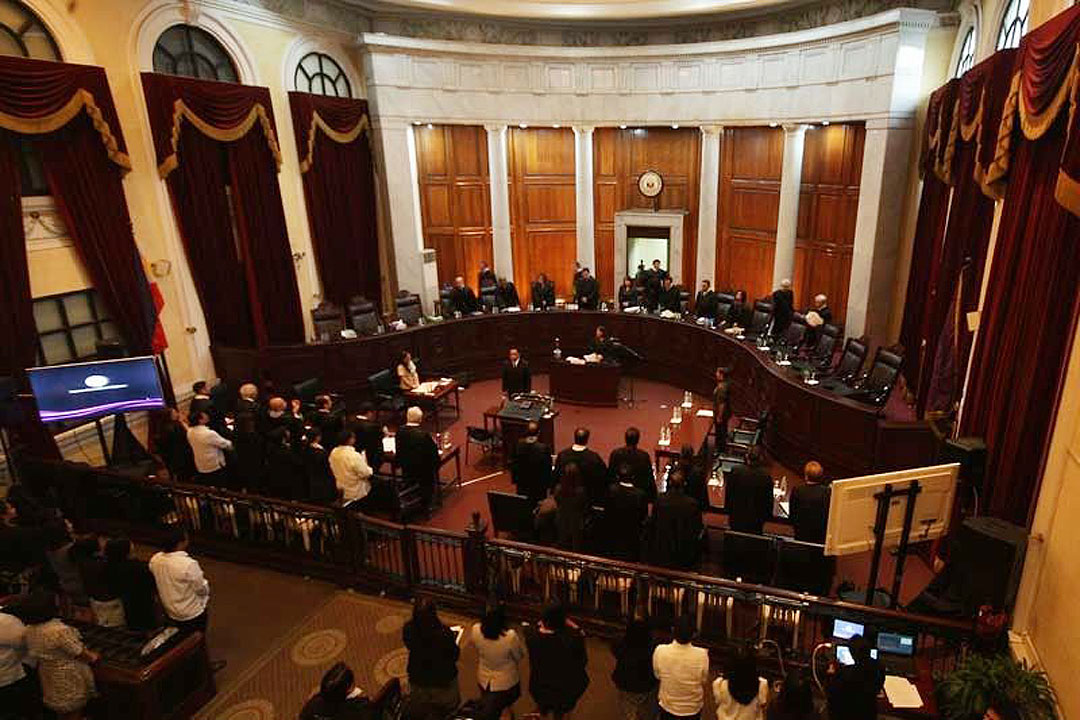SC adopts ‘non-sexist’ language rules

THE Supreme Court (SC), which regulates the judiciary, said it has adopted “non-sexist” language rules for all court proceedings and documents.
According to a Feb. 16 statement posted on the SC website, the SC, sitting en banc on Tuesday, approved guidelines for the judiciary that discourages language that discriminates based on gender in all official communications or statements.
“Sexist language devalues members of one sex, almost invariably women, and thus fosters gender inequality,” the SC said in its guidelines.
The Committee on Gender Responsiveness in the Judiciary, led by Associate Justice Amy C. Lazaro-Javier, proposed the guidelines in compliance with the Safe Spaces Act, which prohibits and punishes forms of gender-based sexual harassment.
The law defined gender as “a set of socially ascribed characteristics, norms, roles, attitudes, values, and expectations identifying the social behavior of men and women, and the relations between them.”
The court said it will encourage the use of more neutral terms such as “chairperson” instead of “chairman” in official
documents.
The SC issued a memorandum in September reiterating its 2006 directive advocating gender-fair language in the judiciary.
The 2006 circular was issued in response to a Civil Service Commission notice encouraging government employees to avoid using implicit or explicit discriminatory language against women or men, which “will help promote gender-sensitivity in the bureaucracy.”
“Our courts are courts of evidence, and its power to take judicial notice of matters is limited,” the Supreme Court said in its guidelines.
“Therefore, courts cannot and should not perpetuate gender stereotypes, which rest on unfounded generalizations regarding the characteristics and roles of binary and non-binary genders, but indisputably influence the perspectives of the judges and litigants alike,” it added. — John Victor D. Ordoñez



